If you can find trout, you are one step closer to catching them. The key is knowing where to look.
Trout come in two main species: stream trout and lake trout. Stream trout can be broken up into four major species: brook trout, brown trout, rainbow trout and cutthroat trout. Though, cutthroat trout are more closely related to lake trout and Char because they have light spots on a dark background while trout have dark spots on a light background. No matter what species all trout are coldwater fish whether they inhabit a stream or lake, they require water that stays well oxygenated and cold. Here are some key locations for both species of trout.
Stream trout:
Streams:
• Gravelly tributaries or gravelly tails of pools served as spawning sites for rainbows and cutthroats.
• Shallow turbulent water called riffles hold feeding trout in the morning and evening.
• Deep channels excavated by the current called runs hold trout any time.
• Deep flat water called pools hold the streams biggest trout because they are the ideal resting areas.
• Undercut banks offer shade and overhead cover.
• Spring holes in the headwaters will hold brook trout.
• Spring areas draw out trout during the hottest part of the summer.
• Plunge pools that form at the base of a waterfall are prime spots for big trout.
• Scattered boulders on shallow flats with pockets of deep water behind them called “pocket water”.
• Gravelly reaches near the headwaters and gravelly tributaries draw spawning brown and brook trout in the fall.
Lakes:
• Shallow bays warm earlier than the main body of a lake, so they attract trout in early spring.
• Shorelines with a gradual taper are prime spots in deep, cold lakes.
• Rocky points with a slow taper make good morning and evening feeding sites.
• Inlet streams carry an abundance of food and draw a large number of trout
• Cool water in the thermocline may hold practically all the trout in the mid summer when the surface water is too warm for these coldwater fish and the depths have too little oxygen.
• Weedy or even woody cover is a must for trout when the water is shallow or else the fish would be vulnerable to predators.
Lake trout:
Early Spring:
• Off slow tapering shorelines and islands.
• Ends of gradually sloping rocky points.
• Narrows between two basins of the main lake.
Summer and early fall:
• Sharp-breaking lips of islands and points
• Deep humps
• Deep slots and holes in and otherwise shallow part of the late
• Off steep cliff walls.
Mid-fall through spawning:
• Shallow, flat-topped reefs.
• Shallow rocky points with long extended lips
• Shallow rocky shelves along shorelines and islands.
Winter:
• Same structure that held trout in summer, although the fish may be shallower.
Keep this information on hand, finding trout of either species will make the difference between being an average fisher and an expert fisher. If you can remember these locations all the time, you will always find a trout if there are trout to be found.
One Comment
Leave a Reply
You must be logged in to post a comment.

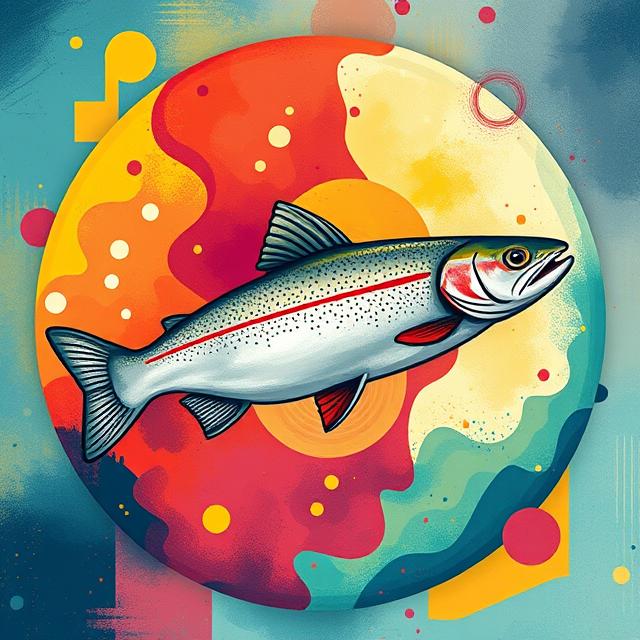
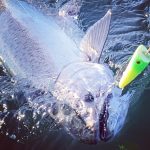
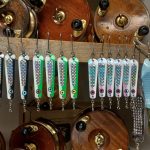
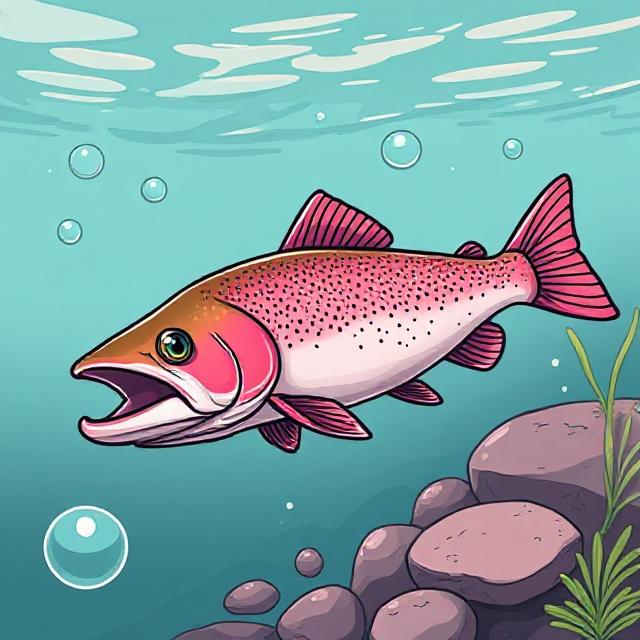
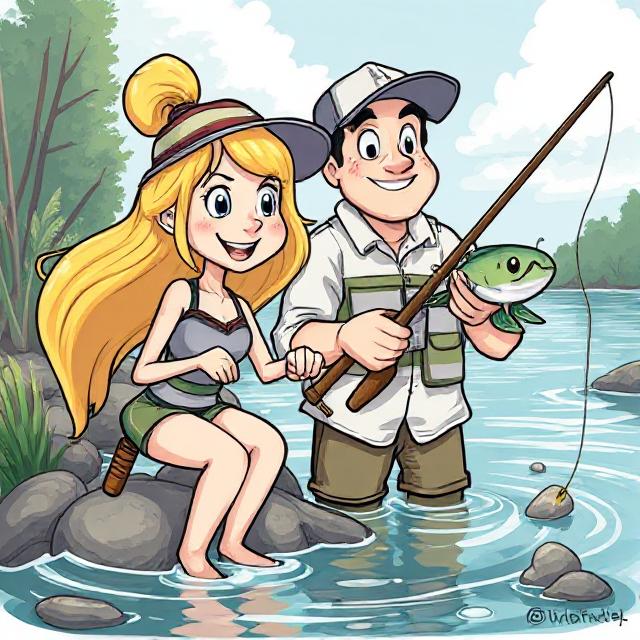

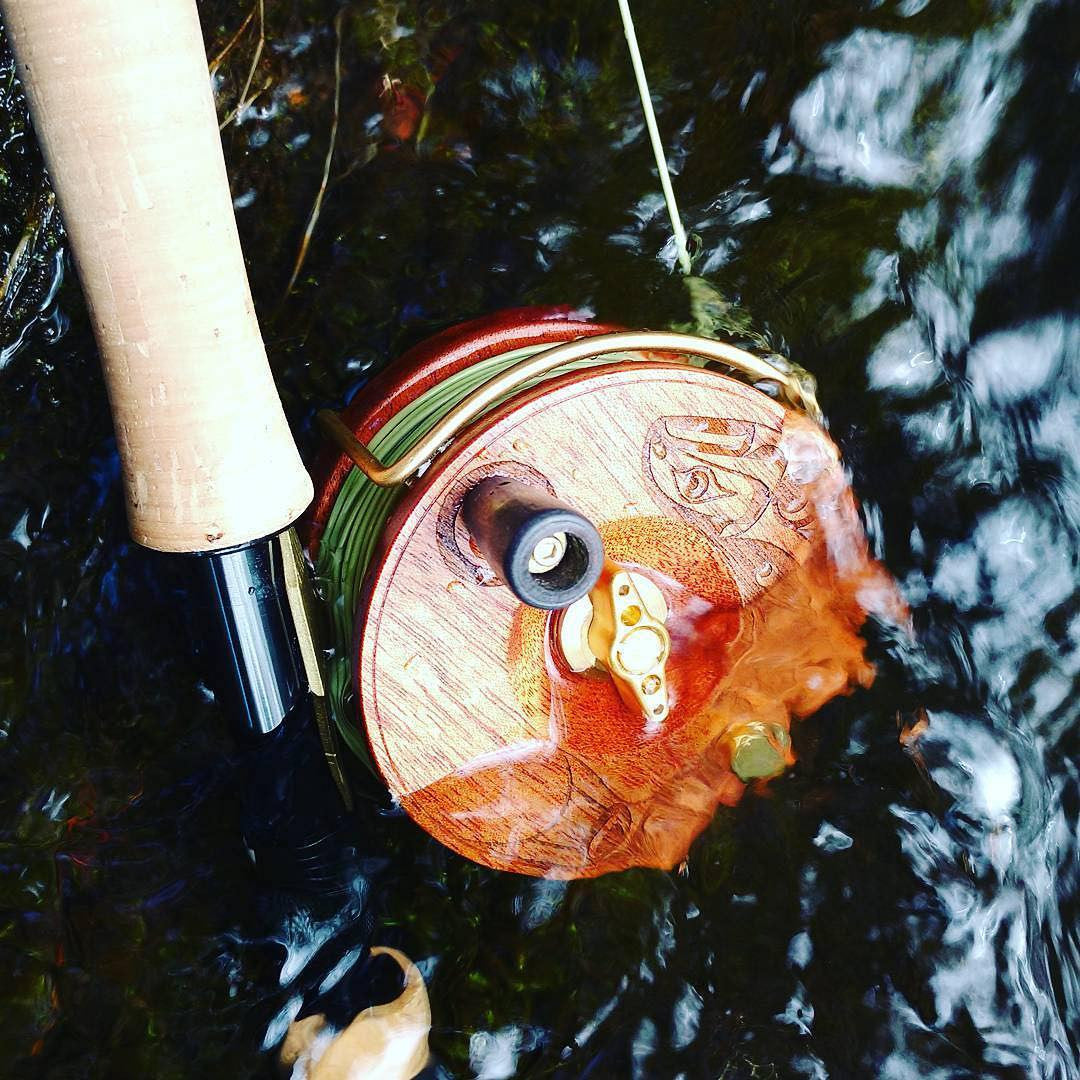
Welcome to PEETZ Canada. Logged-in community members can post their comments on select blog topics. We welcome your constructive feedback and comments & suggestions. Please stay on topic in your dialogue.